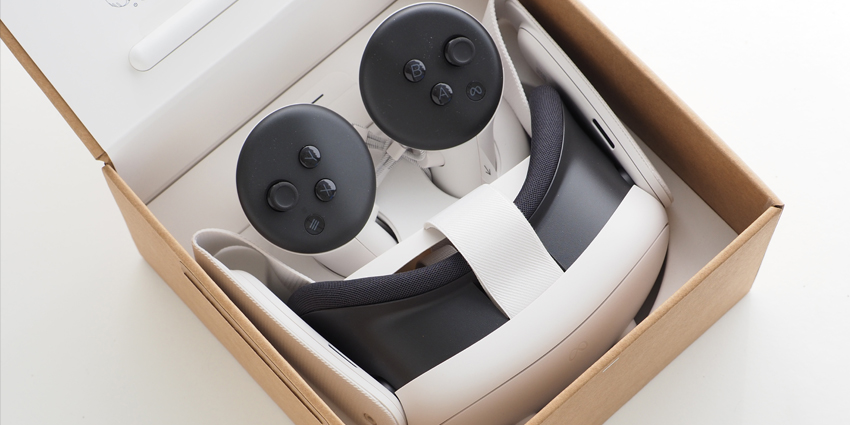Virtual reality (VR) has many excellent benefits for businesses and consumers alike, but security is key. It’s an opportunity to leverage immersive tools and workspaces to enhance office communication and collaboration. However, at the same time, any digitally connected device has its share of privacy and security concerns to consider.
Augmented, virtual, and mixed reality (AR/VR/MR) systems are leaving many consumers to worry about their private information. Businesses will also need to invest in secure avenues for transferring sensitive data.
With leading immersive technologies, firms like Meta and Bytedance face criticisms over user privacy and security. Facebook has been under scrutiny for many years regarding its collection of sensitive sure data, and the FCC is currently investigating Bytedancee following international controversies.
So what are the security and privacy risks of VR?
Eye and Movement Tracking
Things like eye tracking in VR could be potentially game-changing for the environment. It’s a chance to improve the user experience, boost accuracy, and facilitate dynamic focus for the person within the virtual experience. Some people believe that eye tracking in VR will also increase the security of these environments. Biometric scans might help individuals to log in to an account without a password or username.
However, there are risks to tracking eye movement too. In the future, when VR is more common, companies might place advertisements in VR games that appear specifically where the customer directs his gaze most often. Companies could also track a person’s vision and determine which brands a customer engages with most.
Around 95% of decision-making happens in the subconscious mind. With eye-tracking, companies can take a peek into what’s happening behind the curtains of their customers’ minds without them even being aware.
Deep fakes and Fake Identities
Advances in machine learning and facial recognition allow companies to manipulate the voice and appearance of a person, converting fake information into what looks like genuine footage. For now, it’s pretty easy to see when an image is fake. However, as VR technology grows more impressive, it might be harder to separate fact from fiction.
Epic Games is already working on creating Metahuman, which generates realistic and diverse VR avatars. Tracking sensors can translate real-life head and hand movements into the movements of virtual people, creating cyber versions of ourselves. Although this might seem interesting from an entertainment perspective, it’s concerning from a cybersecurity perspective.
The wrong people could easily take the images or information they have about a person and translate it into fake footage that’s not easy to distinguish from reality.
Virtual Reality Security, Privacy, and Cyber Attacks
VR headsets aren’t just toys. Immersive devices are complex computing devices that allow owners to buy items and tap into personal or financial data. Any device that holds onto sensitive data like this can face issues like cybersecurity breaches.
As the VR space becomes more accessible, companies will learn how to create more immersive user experiences. However, at the same time, lawbreakers may also learn to tap into VR systems’ to gather customer information.
There are serious privacy and security issues to consider here. That’s particularly true when businesses leverage immersive technologies to send sensitive information.
Companies discussing sensitive information in a VR setting or collaborating with teams on a complicated project must be cautious when sharing mission-critical information in a digital environment. Eavesdropping criminals and malware could lead to serious concerns for many brands. As VR becomes more accessible to companies, vendors will need to innovate with a focus on security.
Virtual Reality Security: How Can Teams Stay Secure?
Delivering security to businesses and individuals in the VR landscape begins with the manufacturers of these next-level headsets. Firms must encrypt tools that teams use to connect, like the current office’s microphones, desk phones, and cameras.
Beyond the built-in security capabilities on the headset, companies that embrace VR also need access to plenty of granular control to help them make the right decisions on information sharing. Most of the VR solutions on the market will come with a setup application, and administration tools help an end user to choose who should have specific permissions for team members.
When searching for the right VR solution, reviewing the privacy terms of the firm’s headsets and software is also essential. Companies must not agree to share unnecessary information about the in-operation immersive tool. Ensuring workers review how a company in question will use any data accessible from a team.







